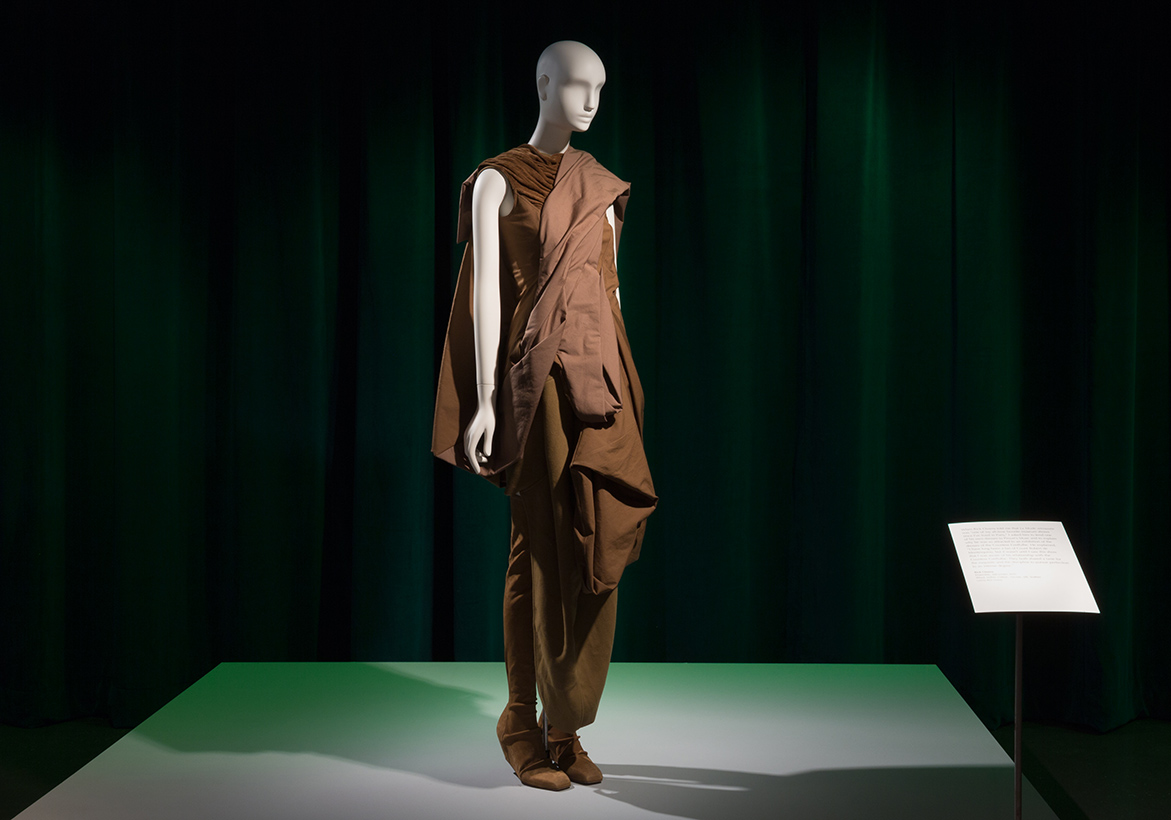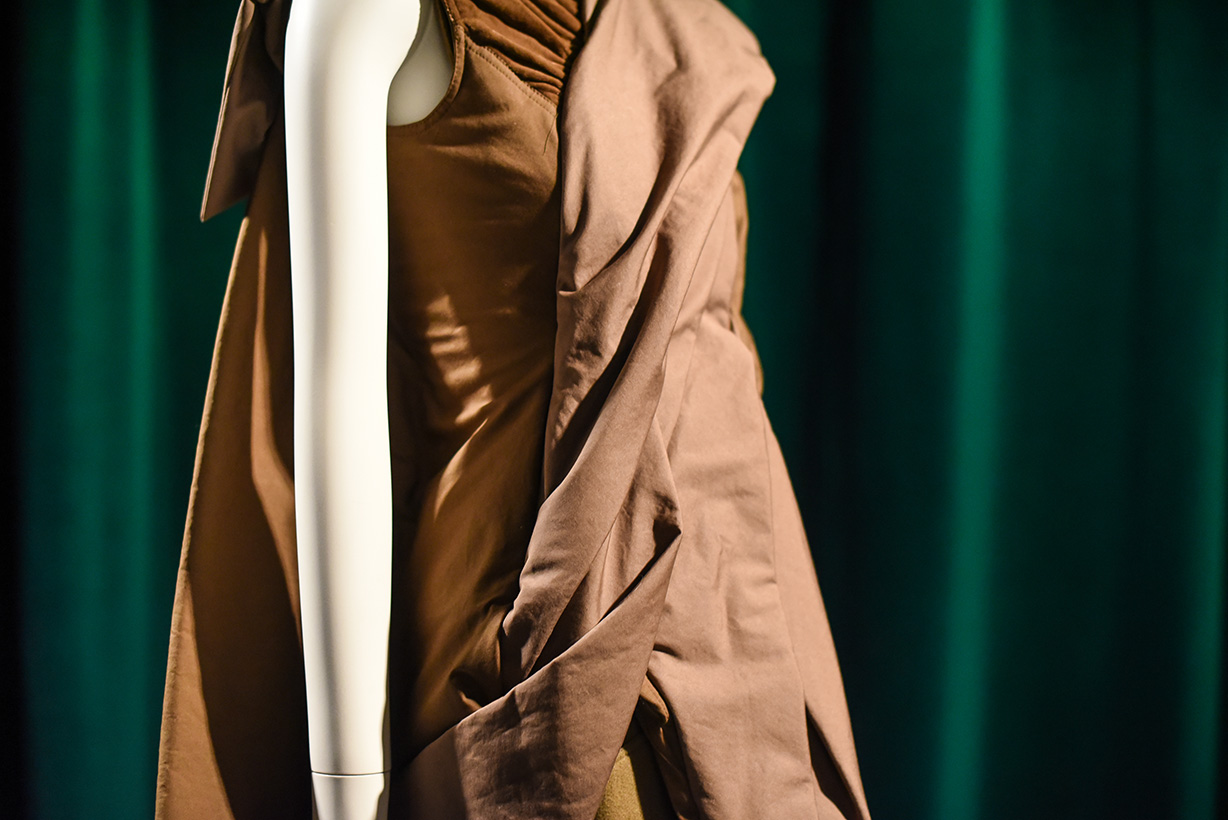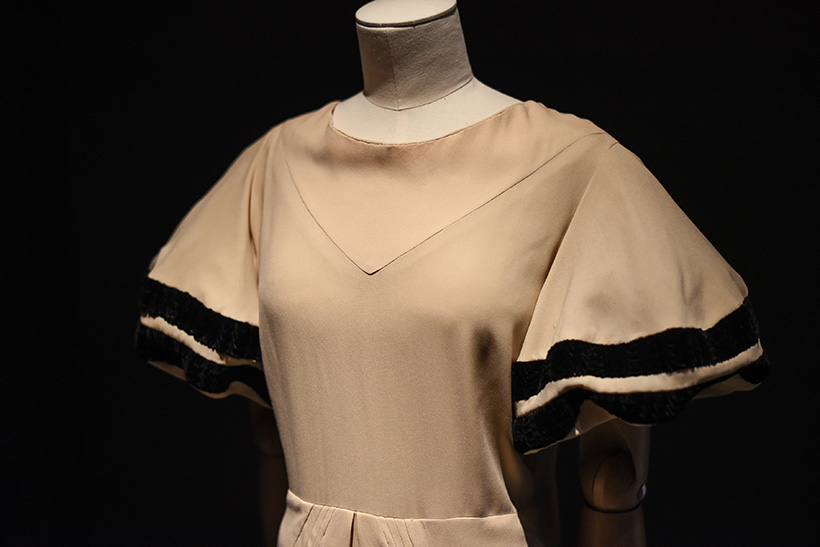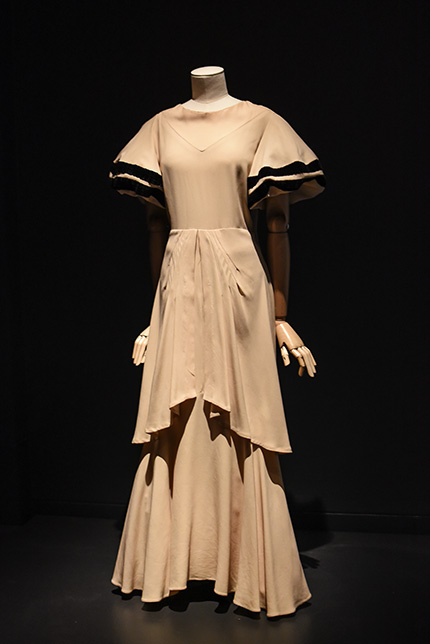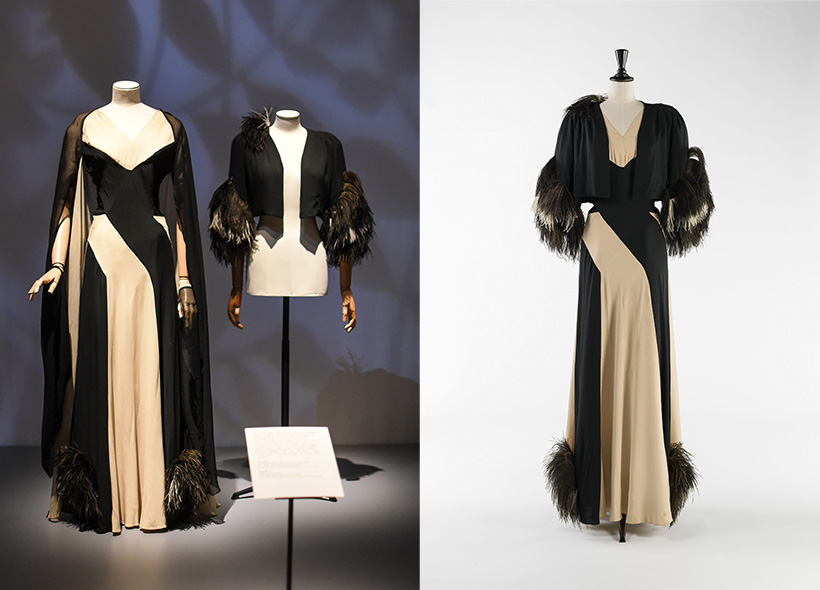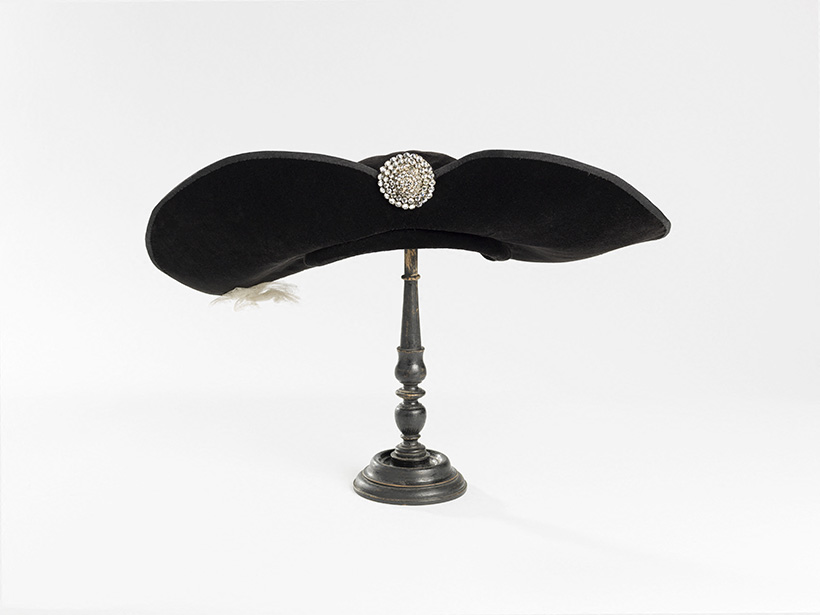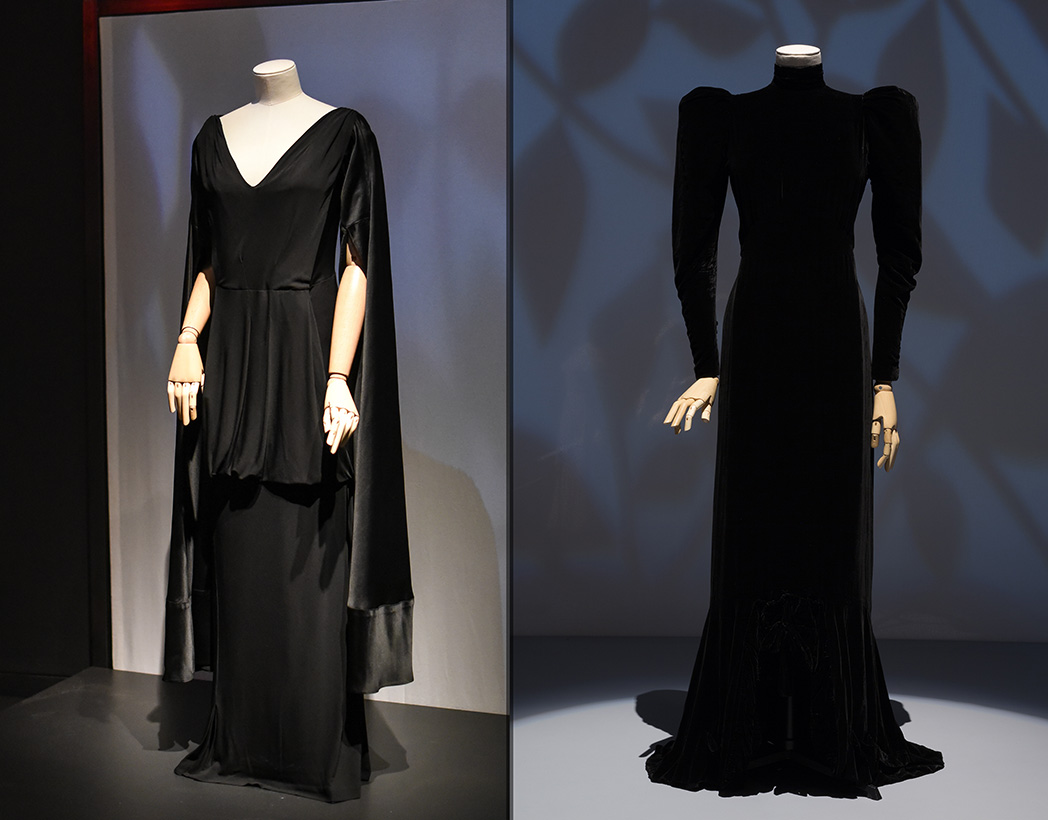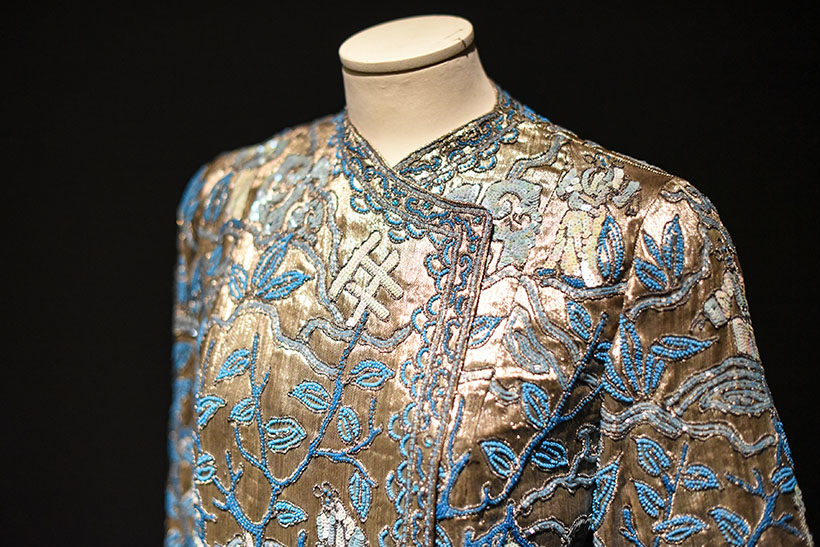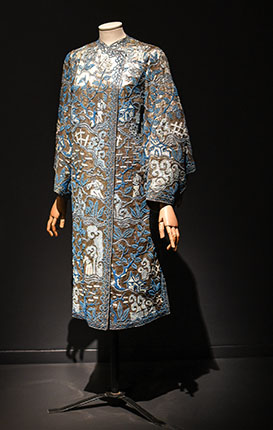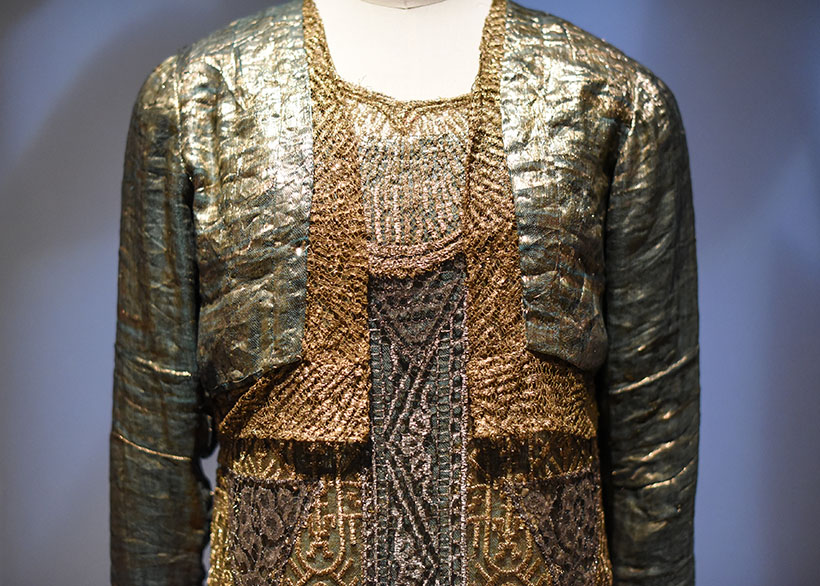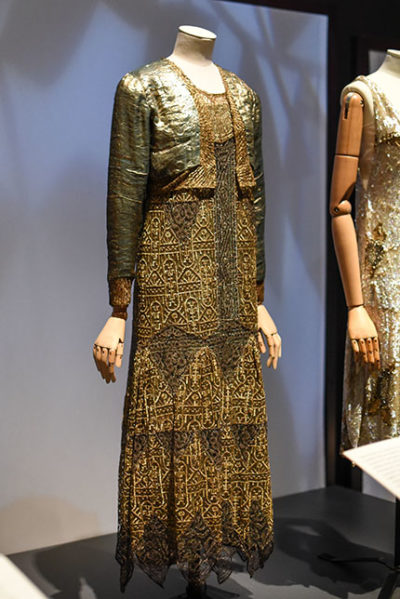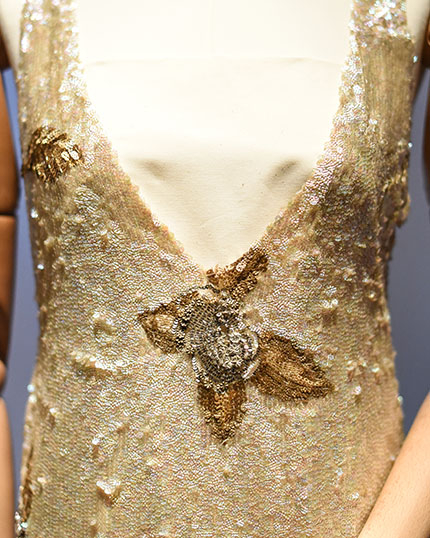Laurent Cotta and Dr. Valerie Steele in Conversation
- By The Museum at FIT
- In Symposium Valerie Steele
- On 6 Jan | '2017
The day-long symposium was organized in conjunction with the exhibition Proust’s Muse, The Countess Greffulhe. Researchers from the United States and Europe discussed the connections between fashion, patronage, literature, and the arts in turn of the century France.
Stay tuned as more recordings from the symposium are made available on our YouTube Channel.


